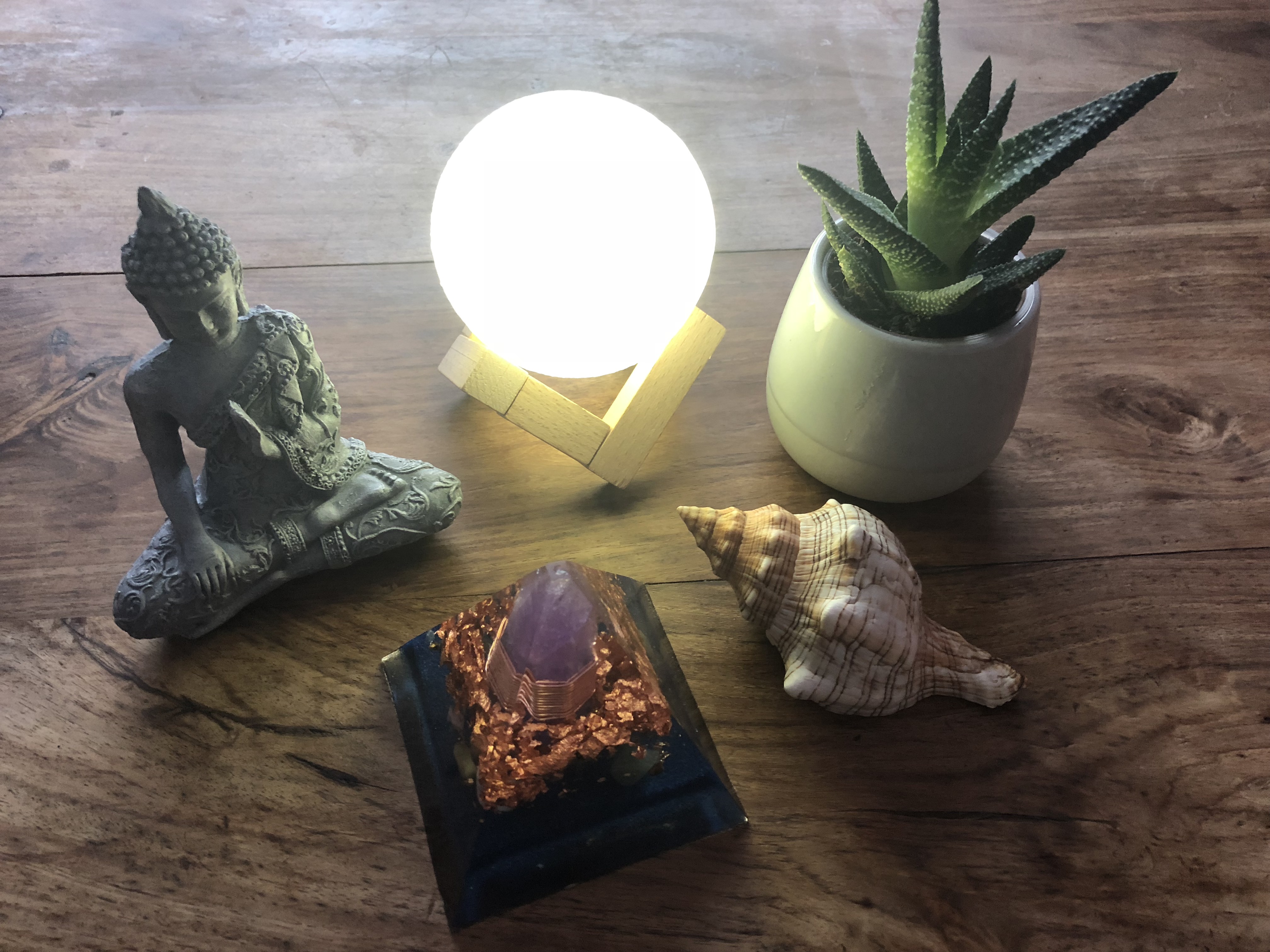As in my tradition on the path of meditaton Master we greet Namaskar to each other vs. the usual Namaste in regular yoga classes. And what was always interesting was we greeted and said good bye with namaskar and it just felt really good. I felt bright and light. And today I decided to drop some lines about it.
Namaste and namaskar in general terms refer to the same expression of respect. People use the word interchangeably. Both namaskar and namaste are Indian ways of greeting people and showing respect. When saying namaskar and namaste, it is accompanied by holding the palms upright in front of the chest. In Western style, people greet each other by saying “hello” and shaking the hands.
The two words have been derived from Sanskrit and have a deep meaning in Indian culture and tradition. Most of the English dictionaries refer to these words as synonyms. So is there actually any difference between the two?
Both namaste and namaskar have the Sanskrit root word “namah”, which means “salute or bow.” Namaste is the derivation of the words “namah” and “te.” The word “te” means “to you.” As such, namaste means “I salute or bow to you with respect.” “Namaskar” is the combination of words “namah and “kar.” The word “kar,” which has been derived from the verb “kri” means “to do.” As such, “namaskar” means, “I do the act of saluting or bowing with respect.”
In namaskar, the object is the Supreme Consciousness that lies within a person. So when people say “namaskar” when greeting others, it is not that they are greeting a fellow human being but referring to the oneness within. Namaste is generally said to be used for saluting the divine entity. But people using these two gestures of respect use it interchangeably without knowing the actual usage. They may greet another by saying “namaste” and not as namaskar.
The difference is very specific in yoga traditions. In yoga, namaste is used for only divine activity and not or greeting others.
Making a easy comparation:
Both “namaskar” and “namaste” are Indian ways of greeting people and showing respect.
With namaskar and namaste, it is accompanied by holding the palms upright in front of the chest.
“Namaste” is the derivation of words “namah” and “te.” The word “te” means “to you.” As such, “namaste” means “I salute or bow to you with respect.”
“Namaskar” is the combination of words “namah and “kar.” The word “kar,” which has been derived from the verb “kri” means “to do.” As such, “namaskar” means, “I do the act of saluting or bowing with respect.”
In namaskar, the object is the Supreme Consciousness that lies within a person. Namaste is generally said to be used for saluting the divine entity.
May you shine your light.
And know I am always here for you.


